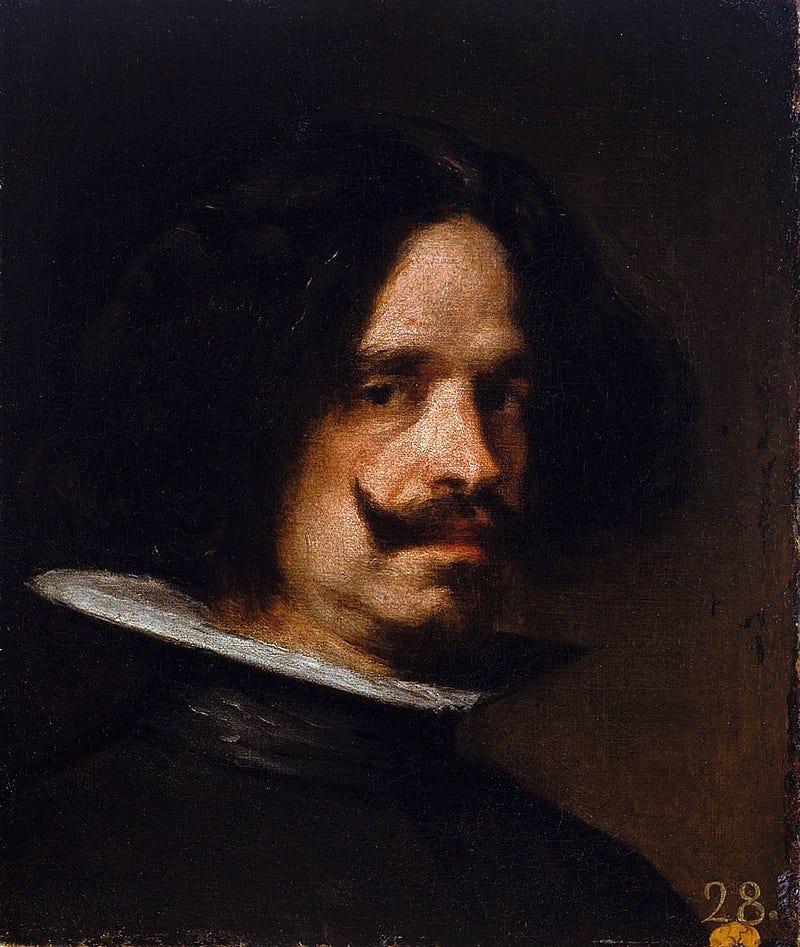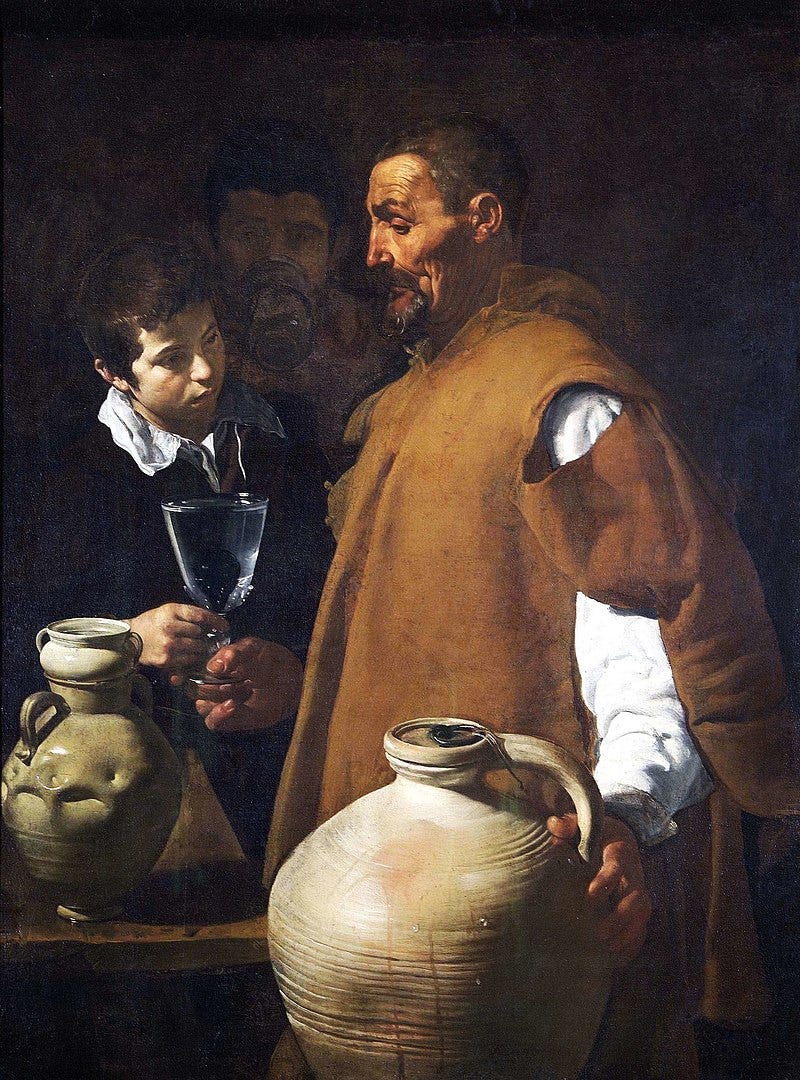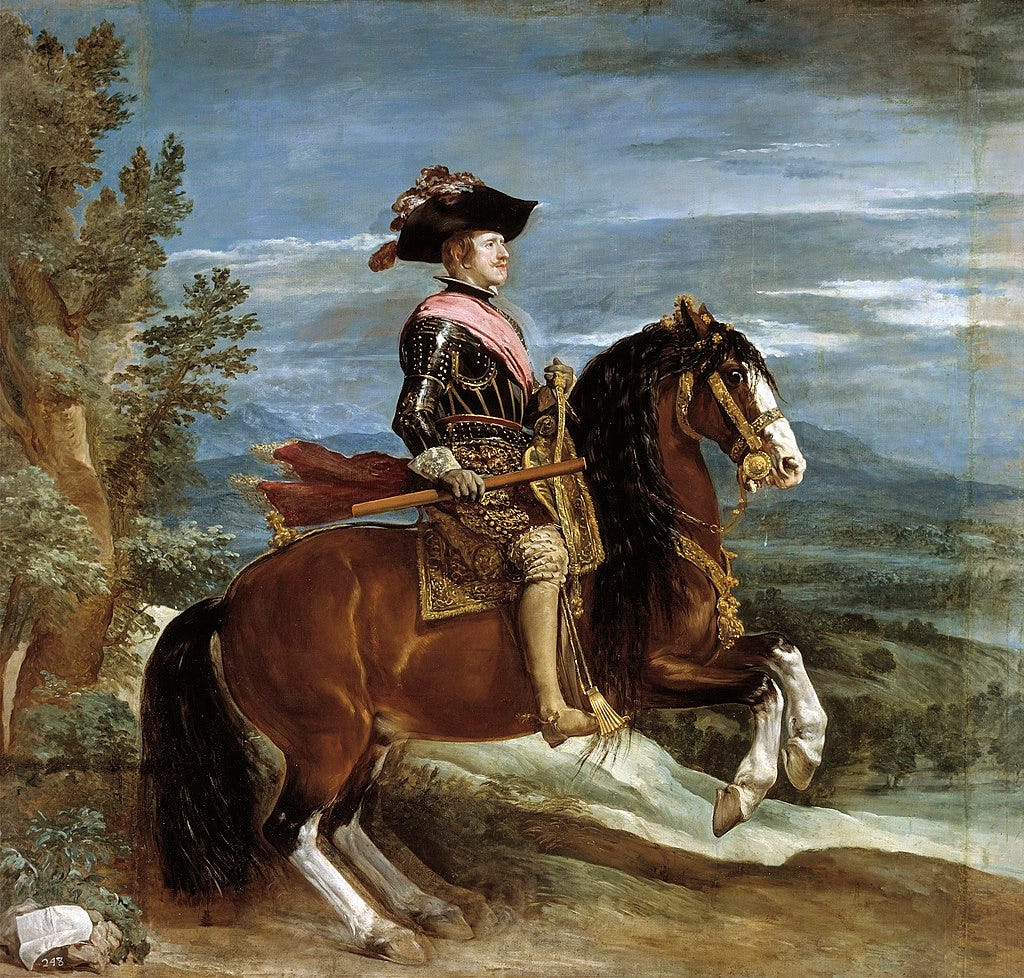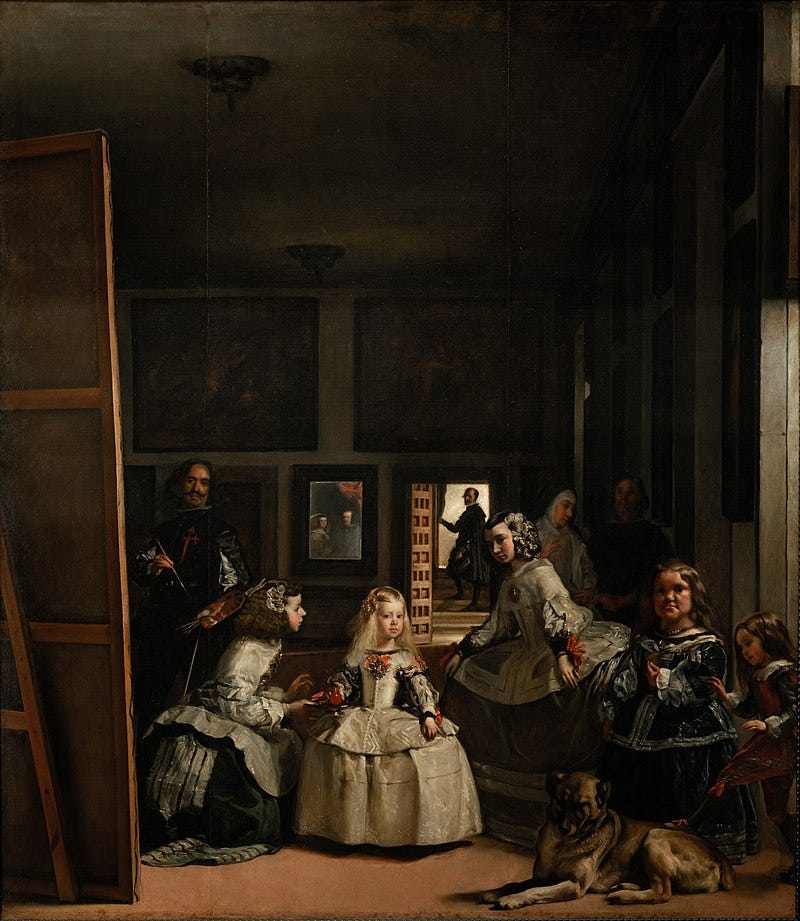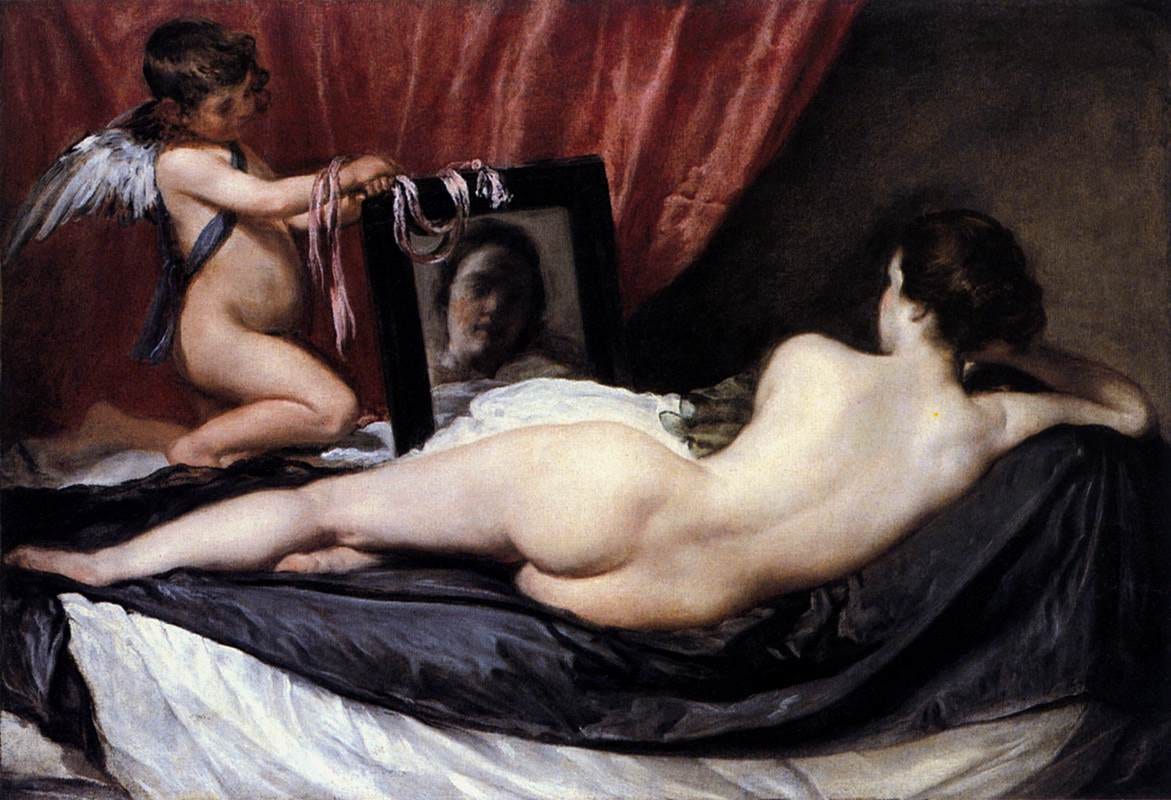The Baroque Rebel Who Painted Power and Truth
From courtly drama to artistic genius, how one painter bent the rules and shaped history
Diego Velázquez, one of the greatest painters of the Spanish Baroque period, was far more than just the artist behind Las Meninas. He was a brilliant court painter, a strategic thinker, and a key figure in the complex world of 17th-century Spanish royalty. His career was shaped by ambition, loyalty, and the challenges of navigating political intrigue while creating timeless masterpieces.
A Prodigy in Seville
Born in 1599 in Seville, Velázquez showed exceptional artistic talent from a young age. He trained under Francisco Pacheco, a respected painter whose real influence lay in his connections rather than his artistic innovation.
Velázquez quickly outgrew his mentor’s style, producing strikingly realistic works like The Waterseller of Seville (c. 1618), which showcased his ability to capture the textures, emotions, and daily life of ordinary people.
His early work reflected the dramatic use of light and realism reminiscent of Caravaggio’s style.
A Rising Star in the Spanish Court
In 1623, Velázquez secured a position as the official painter to King Philip IV of Spain—an opportunity that propelled him into the heart of the royal court. Through both talent and strategic alliances, he became the king’s favored artist, creating portraits that balanced flattery with subtle realism. His Equestrian Portrait of Philip IV (c. 1635) presents the monarch as a powerful leader, yet a closer look reveals a certain vulnerability, an unspoken acknowledgment of the declining Spanish empire.
Beyond painting, Velázquez took on administrative duties, organizing royal events and managing the king’s growing collection of art.
His proximity to power gave him insight into courtly intrigues, but he remained focused on his craft, earning respect for both his artistic and diplomatic skills.
Cultural Canvas is a reader-supported publication. Every like, comment, share, or donation helps us grow—your support truly matters!
Las Meninas: A Revolutionary Work
Velázquez’s most famous painting, Las Meninas (1656), is a masterpiece of composition and perspective. It goes beyond traditional portraiture, offering a complex reflection on reality, status, and artistic identity.
The painting places the Infanta Margarita at its center, surrounded by her attendants, while a mirror reveals the king and queen in the background. Velázquez himself appears in the scene, standing at his easel, subtly emphasizing his own role not just as an artist, but as a participant in court life.
The painting was also politically significant. Velázquez had long sought noble status, which was difficult for artists to achieve in Spain.
He eventually secured his knighthood in the Order of Santiago in 1659, and later added the red cross to his own figure in Las Meninas, marking his personal triumph.
Travels, Challenges, and Legacy
His trips to Italy (1629-31 and 1649-51) expanded his artistic vision and allowed him to study Renaissance masters while acquiring artworks for the Spanish crown.
His Rokeby Venus (c. 1650) was a rare example of a nude painting in Spain, where religious restrictions generally discouraged such works.
By the 1650s, the demands of court life weighed heavily on Velázquez.
His final major responsibility was organizing the wedding of Infanta Maria Theresa to Louis XIV of France—a task that, combined with failing health, led to his death in 1660.
Velázquez painted kings as frail, dwarfs with dignity, and maids with personality, all while the Spanish empire was imploding.
Goya, Manet, Picasso—they all bowed to Diego.
Francisco Goya admired Velázquez’s realism and court portraits, incorporating similar techniques into his own work.
Édouard Manet famously called Velázquez the “painter of painters,” recognizing his mastery of composition and light.
Pablo Picasso was so fascinated by Las Meninas that he created an entire series of reinterpretations, deconstructing and reimagining Velázquez’s masterpiece in his own style.
Diego Velázquez was a genius, a man who knew how to work the system, even if it meant bending a few rules or breaking a few hearts. He wasn’t just painting truth—he was living it, warts and all.
Thank you for being part of Cultural Canvas! If you love what we do, consider supporting us to keep it free for everyone. Stay inspired, and see you in the next post!
Missed our last story? Read it here ↓


